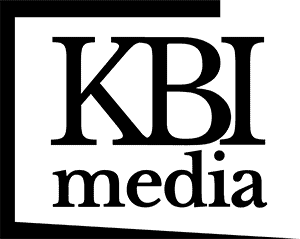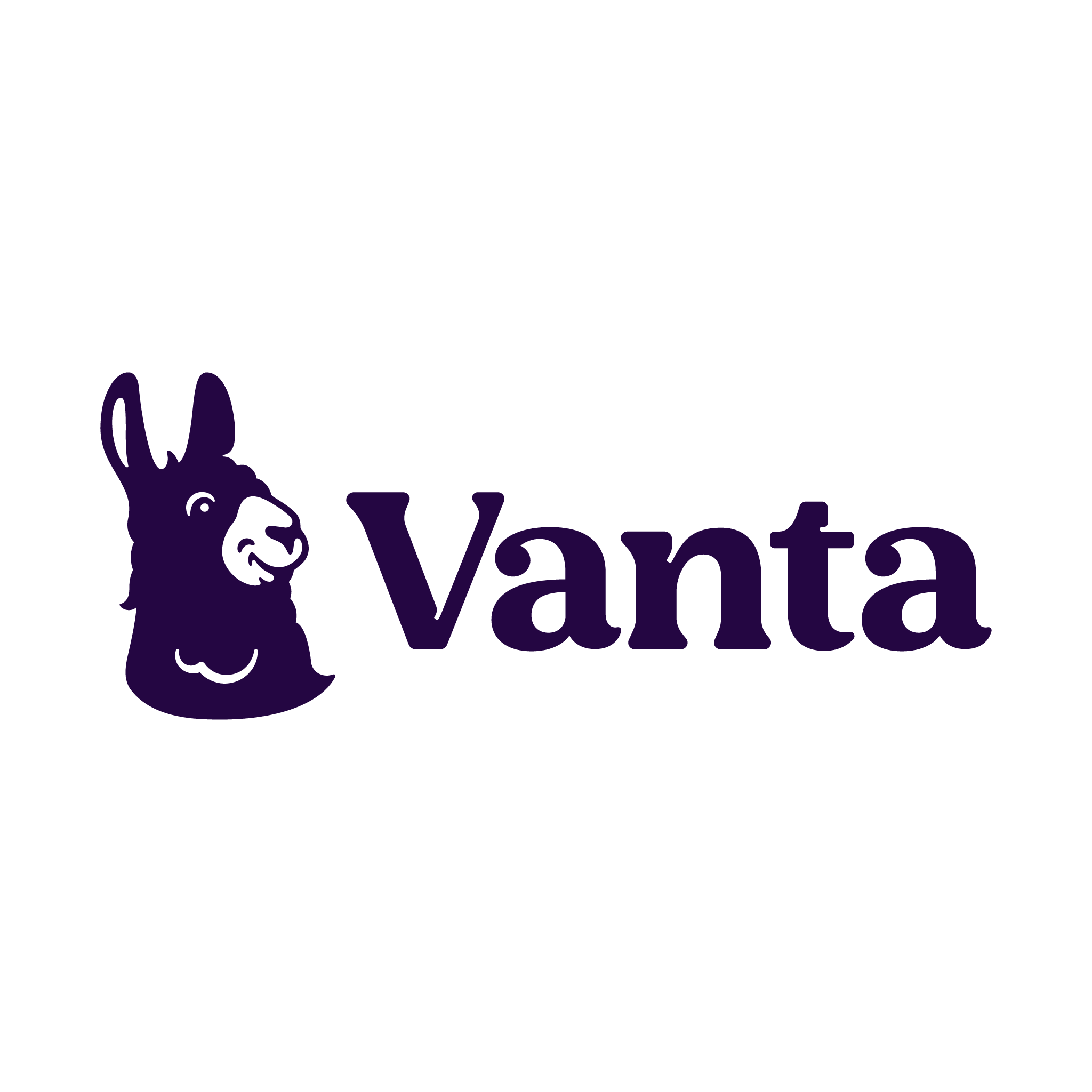Introduction
In the past, security and revenue were considered two sides of a coin; one a business enabler, the other a compliance necessity. But that mindset is quickly becoming obsolete. The most forward-thinking software companies are now embedding security into their go-to-market strategies early and often. By “shifting left”, they’re not only improving software reliability, they’re accelerating sales, reducing churn, and building lasting trust with buyers.
So what does “shifting left” really mean for security and sales? And how can your organisation use this practice to gain a competitive edge?
What Does “Shifting Left” Really Mean?
The term “shift left” originally comes from the software development world, where teams realised that pushing quality assurance earlier in the development cycle yielded better, faster results. Instead of waiting until the final stages of product release to test for bugs or vulnerabilities, testing would be “shifted left”, towards the beginning of the development timeline.
In the context of security and go-to-market strategy, shifting left means integrating security considerations and messaging at the start of the sales cycle, not just when procurement gets involved. This distributed approach avoids bottlenecks, creates alignment across departments, and builds trust long before contracts are signed.
Crucially, shifting left doesn’t just mean testing earlier. It means embedding trust and transparency across the buyer journey, from the first marketing touchpoint to long after onboarding.
Why Security Can’t Wait Until the End
Security-related delays in late-stage deals are a common frustration for revenue teams. Long questionnaires, unclear documentation, and compliance mismatches often surface after months of negotiation, killing deals or dragging them out indefinitely. But what if security questions were proactively answered earlier in the process?
In today’s SaaS environment, nearly every deal is a security deal. Enterprise buyers, especially, are under pressure to ensure any vendor they engage meets their internal risk and compliance requirements. Ignoring this reality means setting your sales team up for friction, often at the worst possible moment.
Shifting left allows security to act as a growth enabler. Rather than being a hurdle at the finish line, it becomes part of the sales narrative. A strong, transparent security story builds confidence and removes objections before they can stall progress.
Treating Security as a Feature, Not a Flaw
When buyers browse your website, they expect to see detailed product pages, use cases, and pricing information. But few companies treat security with the same transparency, despite its growing influence on purchasing decisions.
Security should be presented as a core feature of your product, not buried in jargon-heavy documents only accessible during due diligence. A company’s ability to tell its security story clearly, confidently, and early is now a significant differentiator in crowded markets.
This shift requires investment, not just in security practices, but in how those practices are communicated. Publishing self-serve resources, like a Trust Centre or interactive security documentation, allows buyers to educate themselves and pass that trust on to procurement teams. This transforms security from a barrier into a value proposition.
How to Build a Culture of Security Across the Business
Shifting left doesn’t start with tools or templates, it starts with culture. The most effective organisations treat security as a shared responsibility, not just a function of the InfoSec team. Everyone from sales to engineering to customer success has a role to play in upholding and articulating security values.
This cultural mindset should be supported with tangible action. Consider the following:
- Security in onboarding: Train every new employee on your security policies and expectations.
- Cross-functional alignment: Involve security early in product planning, marketing, and customer conversations.
- Clear ownership: Define who is responsible for which parts of the security story, from technical documentation to sales enablement.
By embedding security into every corner of the organisation, you reduce silos, increase resilience, and enable faster, more confident decision-making across the board.
Creating a Trust Centre: Your New Secret Weapon
One of the most effective ways to operationalise a “shift left” approach is by launching a Trust Centre. This central hub contains all the essential information your prospects need about your organisation’s security posture; certifications, encryption policies, access controls, and more.
Instead of waiting for security questionnaires to flood in late in the cycle, a Trust Centre allows buyers to perform their own due diligence up front. This not only speeds up sales but frees your security team from repetitive tasks and email threads.
Moreover, Trust Centres serve as proof that your organisation is serious about transparency. Buyers trust companies that make it easy to verify claims, especially when data privacy and regulatory compliance are on the line.
The Power of Questionnaire Automation
Even with the best Trust Centre, some level of manual questionnaire response is inevitable, especially with enterprise buyers. Automating this process can drastically reduce the administrative burden on your security and revenue teams.
By centralising past responses and aligning them with up-to-date policies, you can ensure faster turnaround times, increased accuracy, and a consistent voice in all your communications. The result? Shorter sales cycles and more time spent on strategic security initiatives, not paperwork.
Modern tools, like those offered by Vanta, can integrate with your security systems to populate questionnaires automatically, giving you a scalable and repeatable way to address InfoSec inquiries across a growing pipeline.
Security Is Revenue
In a world where buyer trust is earned, not assumed, security has become one of the most influential factors in SaaS sales. Shifting left isn’t just an engineering principle anymore; it’s a strategic imperative for modern software companies.
By positioning security earlier in the sales process, investing in clear and consistent messaging, and enabling teams with the right tools and mindset, businesses can reduce friction, build confidence, and turn security into a revenue-generating asset.
Security isn’t just protecting the bottom line. It’s driving it.
You can read the full and detailed document here.





